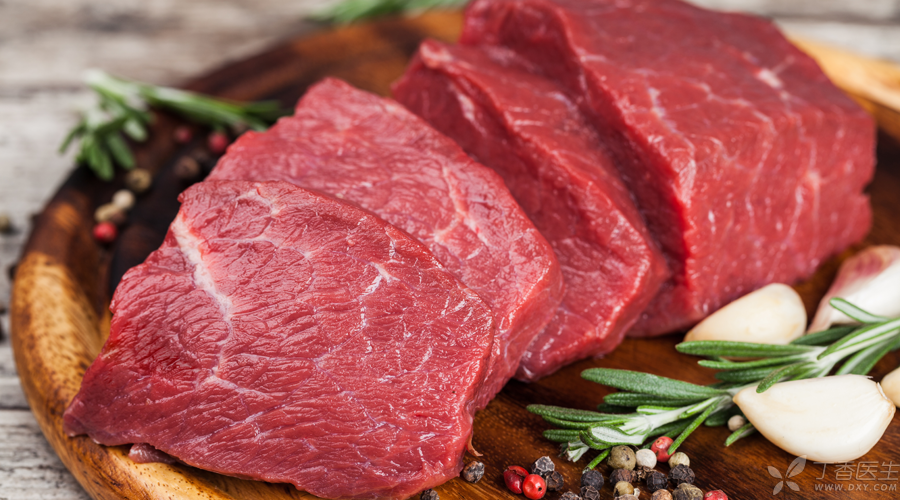
Not long ago, CCTV exposed a beef injection case in Loudi, Hunan.
According to the owner of the slaughterhouse, a cow weighing about 300 kg can inject hundreds of kg of water.
Today, Dr. Clove will not say how shocking what the slaughterhouse is doing. For most people, the more concerned question may be: If this batch of water-injected beef enters the market, how will we distinguish it?
How to distinguish water-injected meat? There are 4 ways to learn and use now.
Let’s not talk about laboratory methods, let’s talk about simple methods that everyone can use.
Look at the color.
Normal beef or pork is usually bright red, and there is a clear boundary between the red of the body and the white of the fat.
The red color of the water-injected meat is lighter, even whiter, and the boundary between the red color of the body and the white color of the fat is not obvious.
Second, look at the hand feeling.
After normal meat is kept naturally for a period of time, due to air drying, a layer of film will form on the surface, which feels slightly hard and does not moisten hands.
Water-injected meat is not easy to form a film due to its high moisture content and feels moist.
Third, look at elasticity.
Normal meat can bounce back after being pressed.
The main reason for water-injected meat is that the structure in the meat is damaged and loses elasticity due to water injection. Therefore, after pressing, the meat recovers slowly or even does not rebound.
Four look at the sign.
In fact, if the fourth point is achieved, everyone may not have to go to great lengths to think about how to identify water-injected meat.
Buy meat in the regular market as far as possible. Be sure to pay attention to whether there is a quarantine seal on the meat, that is, a blue and purple seal that can be seen on the meat. If so, it is qualified meat.
Have you heard of other methods? Reliable is reliable, but it is not very convenient.
In fact, there are far more ways to identify water-injected meat.
For example, [absorbent paper burning method], rustling sound during knife cutting, dark red blood during thawing, etc. These methods can also be used, but if this happens, it means that the meat is injected with quite a lot of water.
Another example is the [test paper test] that many people have heard. This method is also reliable, but when you need to buy meat, you happen to have filter paper nearby.
Another example is that the most scientific and reliable method at present is according to the detection method in GB 18394-2001 < < Livestock and Poultry Meat Moisture Limit > >, but this needs to be carried out in the laboratory. We usually go to the market to buy meat, which is not convenient to operate.
Water injection meat has never been just a small problem of being cheated and losing a few dollars.
This kind of meat is not only of poor quality, but also easy to cause the proliferation of microorganisms and even bring other pollutants. Even if we cannot prevent the appearance of water-injected meat for the time being, we should at least try our best to stay away from these unhealthy meat.
